Production of Performance Videos
- Third Podcast about Video Production of the Performing Arts -
KIMSoohyun
Senior Reporter
Government Policy & Culture Department, SBS
Special Podcast Series about Video Production of the Performing Arts
1. Performance Videos in the Era of COVID-19 [바로가기]
2. Consumption and Enjoyment of Performance Videos [바로가기]
3. Production of Performance Videos
4. Intellectual Property Rights of Performance Videos (to be uploaded on November 4)
5. Performance Videos as a New Genre (to be uploaded on November 4)
The third topic of the special podcast series about ‘Video Production of the Performing Arts,’ which was organized by the SBS Curtain Call and Korea Arts Management Service, is ‘Production of Performance Videos.’ How should we make videos? What could be some factors we need to keep in mind when making a video out of a performance? This third podcast gathered together a performance video producer, director and head of a performing arts company’s programming division: Shin Tae-Yeon (As a producer at the Digital Media & Culture Events Department of the Seoul Arts Center, she has run the center’s ‘SAC On Screen’ project since 2015.), Soo-Gi Kim (CEO of Digicom Korea and director ofperformance video production) and Min-Joo Jee (producer-in-chief of the Programming & Production Division of the National Theater Company of Korea).
What to Do First for Video Production of the Performing Arts
Before deciding how many cameras to install, what needs to be done first is to discuss copyright issues. Whether it be a free or paid video, this must be done before everything else. Of course, when screening a paid video, the cost of portrait rights and copyright is higher. If you sign a video production contract with the performing arts company, you can do it all at once but if not, you need to talk to those holding such rights to deal with the issues directly.
What to film, when and how? Which platform to use for the screening? You also need to decide the number of cameras to use, if you need special equipment, and the people you need for the video production team. Those who work on films and TV shows use different cameras. So you need to choose cameras depending on their use. As for ‘SAC On Screen,’ they make performance videos in the style of films. Cameras used for filmmaking provide brighter colors and they allow you to correct or completely change the colors later on. On the other hand, such cameras have a low magnification power so they don’t enable any distant close-up. So in such a case, there should be no audience to be able to use close-ups. In contrast, cameras for TV shows don’t provide colors as vivid as those of filmcameras but they guarantee shots that tightly frame the performers even from a distance, just like the broadcasting of sports events.
When It Comes to Preparation, the Earlier, the Better
What is ideal is that the film crew is involved from the phase of planning a performance. But it isn’t easy due to the budget and time issues. So they should at least attend rehearsals so that they can better understand the performance and how performers move. Not only the shooting director but also the crew needs to watch the performance in advance. There aren’t many chances to shoot a performance so the crew should come up with a detailed cue sheet early on. If each camera isn’t provided with its own role to play, it is impossible to catch what is happening on stage effectively. So as early as possible, the crew must make sure how to shoot each scene from what angle. You can’t film a performance several times. If you do it a second time, the performance already feels different. So what is best is to come up with a detailed shooting plan in advance and to film the performance just once.
Constant Communication Needed between the Performance and the Video
Considering those who have high expectations for a performance, its video should be able to share what it actually feels like. When the audience watch a performance video, they see the scenes selected by the cameras. So the shooting director should take responsibility to be true to the essence of the performance. Nevertheless, not every shooting director is an expert of interpreting works of art so they must discuss with the director of the performance. Ms. Shin Tae-Yeon emphasized the need for the performance production team to actively make suggestions; if they have any request, they should let the film crew know in advance to discuss with them. If they don’t say anything throughout the video production and they talk to thecrew after the video is made, they may embarrass them.
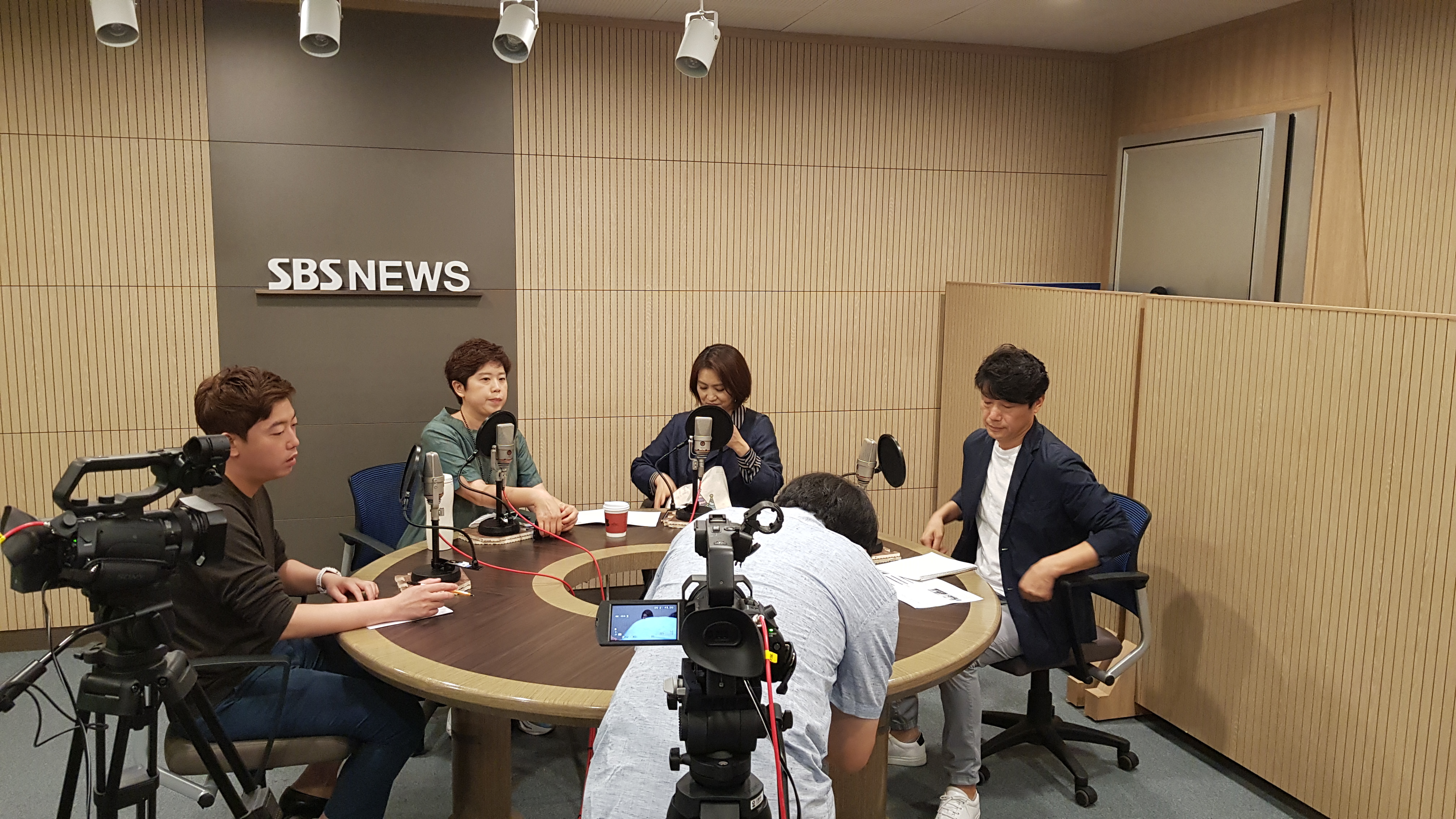
Third Podcast about Video Production of the Performing Arts ©KAMS
Full Shot vs. Close-up
What is advantageous for a performance video is the fact that you can closely watchthe performers’ facial expressions and movements. Moreover, you can even see the angles and scenes you haven’t seen at the theater. In a video, close-ups particularly add to dynamism. But performing arts companies often prefer full shots, which show the entire stage and how the performers move. If a video has too many full shots, it feels boring. But filming the entire stage could be useful from educational and archiving perspectives.
Under these circumstances, the National Theater Company of Korea is considering making two videos out of one performance for different purposes. The first one would be mostly composed of full shots of the entire stage for the educational purpose. On the other hand, the second one would be a more dynamic one with a variety of shots edited, and this is for the audience.
Shin Tae-Yeon of the Seoul Arts Center also said that SAC On Screen continues to use both methods. That is, a performance is filmed twice. At first, it is filmed with the audience present at the theater. This video mostly has full shots and the audience’s reaction. As for the second shooting, it is filmed without the audience. This time, the camera is on stage and the Jimmy Jib is used to film the performance meticulously. The two videos are then edited together and the sound of the audience’s reaction (from the first shooting) is added, thus resulting in a realistic video for the audience.
What is the Most Important in Video Production is Sound
‘Video production’ leads us to think that it is all about the ‘screen’. But what isreally important is ‘sound’. In classical music concerts and musicals, sound is more important than the video itself. And the effect of ambience is great. In addition to the sound equipment for the performance, ‘ambience’ microphones are installed in appropriate spots to record the sounds of the space. When filming a performance in a large theater, ambience microphones are directed toward the audience. In a small theater, hanging microphones are used to secure the sounds of the space. Mr. Soo-Gi Kim explained that such ambience makes the video more realistic and less dry. As for a classical concert, the atmosphere of the video greatly improves when the concert is filmed with the audience present. In a classical music concert, ambience is interesting. The sounds of coughs and ringing phones also add to vitality and liveliness.
Ms.Shin Tae-Yeon was worried that many of these days’ live streamed performances don’t have good sound. Musicals and ballets are better off but in the case of plays, we don’t hear the performers’ lines very well. In plays, performers usually act without any lavalier microphone but they should use it for video production. To adjust to using it, they should begin to wear it during their rehearsal three to four days before the shooting.
“If the sound is good, it is enough to take justfull shots with one camera. If people can’t hear the sound, even performance lovers would turn it off.”
The Lighting of a Performance and That of a Video Are Different
Even if the lights are bright in an offline performance, they often become dark in avideo, just like old movies. If the lights are dimed as directed, it is difficult to recognize what is on stage in a video. A blackout in a play can’t be expressed in the same way in a video. The screen can’t be ‘black’! When filming a night scene, the crew also attaches a silk cloth to the lighting equipment to express the night atmosphere. Ms. Shin Tae-Yeon explained how it was challenging to film a scene where the performer appears with a candle in "Shooting At The Moon, Yoon Dong-joo". Using the lighting of the performance, the candle wasn’t expressed properly in the video; just white noise was added to the screen. It took four hours to change the lighting completely.
The same is true for makeup. In a play, performers put on a very heavy makeup to make themselves visible for those sitting at the back. But the close-ups of these performers in a video look awkward.
What If the Performers Make a Mistake during the Filming?
It is simple to correct sound sources; what the crew needs to do is to insert what was recorded in another show. In most cases, the sound of a performance has multiple tracks for different sources and performers. So there isn’t any big difficulty. But it is not easy to correct the screen. For example, a performer fell down while the show was filmed. In such a case, the crew uses a shot taken from a different angle. Or, they film the scene again after the shooting is done.
We Are Now in a ‘Transition Period’
The National Theater Company of Korea has recently filmed the live performance of the play "The orphan of zhao: seeds of revenge". On the first day, the performance was filmed without any audience. But it lacked energy so the following day, those working on the performance formed a monitoring team to serve as the audience. To record the performers’ lines successfully, microphones were installed at the aisle between seating areas in addition to those on stage. But the recording failed because it was constantly interrupted by noise.
Do we really need to make videos of plays? Aren’t we damaging the very essence of the theater? Many people feel such psychological resistance. Watching a performanceis actually like a ‘ritual.’ But a video doesn’t have such a context and it is viewed only as ‘content.’ We are afraid of screening performance video sanywhere (PC, TV, or any other space) without the context of the performance. Just like what the neo-Luddites say, it seems that we are losing many things right now with video production of the performing arts. In contrast, what we gain from such videos isn’t really visible yet. That may be why there is resistance from many people now.
But I do believe that we can’t avoid video production of the performing arts. While continuing to present performances in offline settings, we also need to work on video production successfully. In particular, some people find it difficult to watch offline performances because the shows are expensive or their venues are too far from their home. For them, video production is very meaningful in that it gives them easy access to the performing arts.
Ms.Shin Tae-Yeon said that we are currently going through a ‘transition period’ of video production which is characterized by diverse attitudes and different degrees of adjustment. Some performers say that they can’t act without the audience. But others act successfully before the camera, without any audience. Helped by a fluorescent sticker on the camera marking the location, the performers look toward the camera and act naturally.
To be continued.








 PREV
PREV
.jpg)
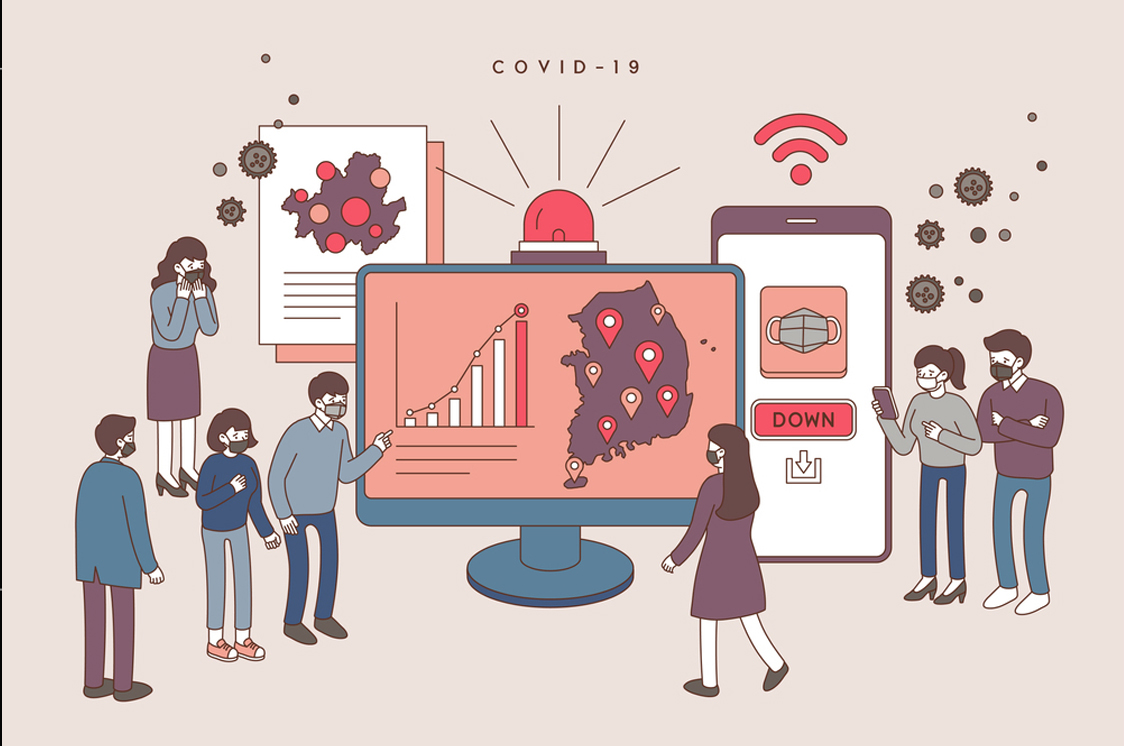
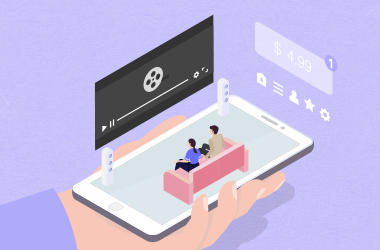
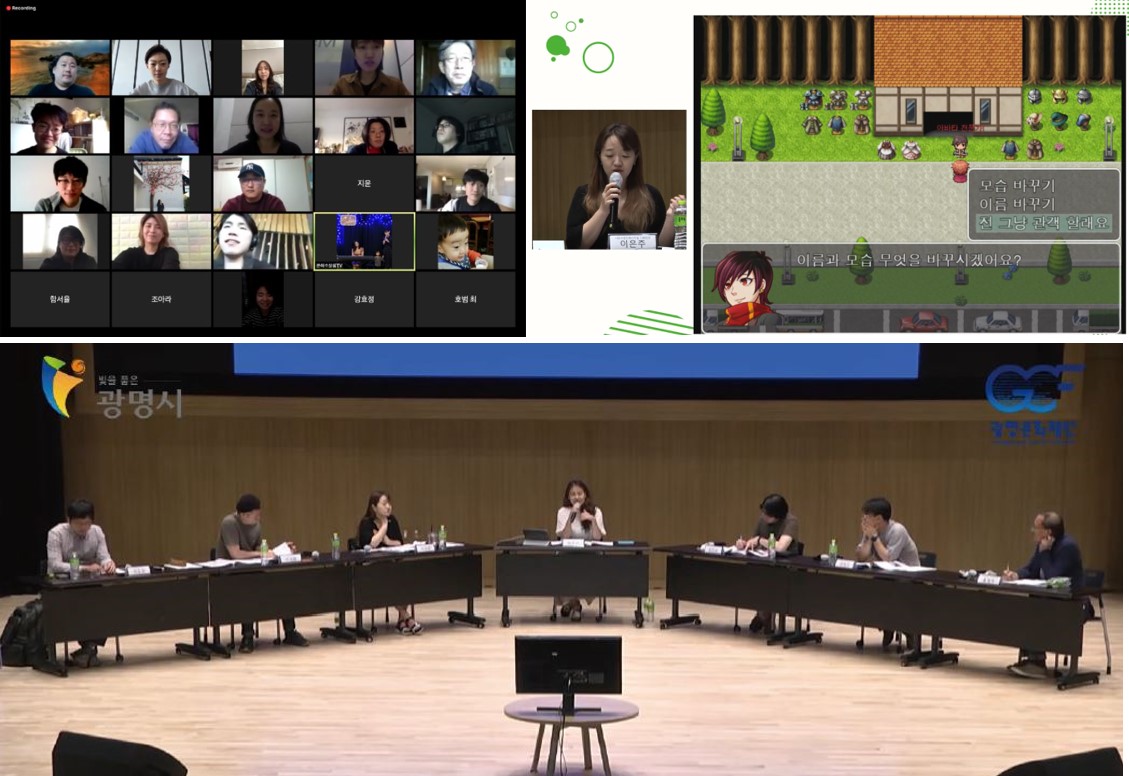
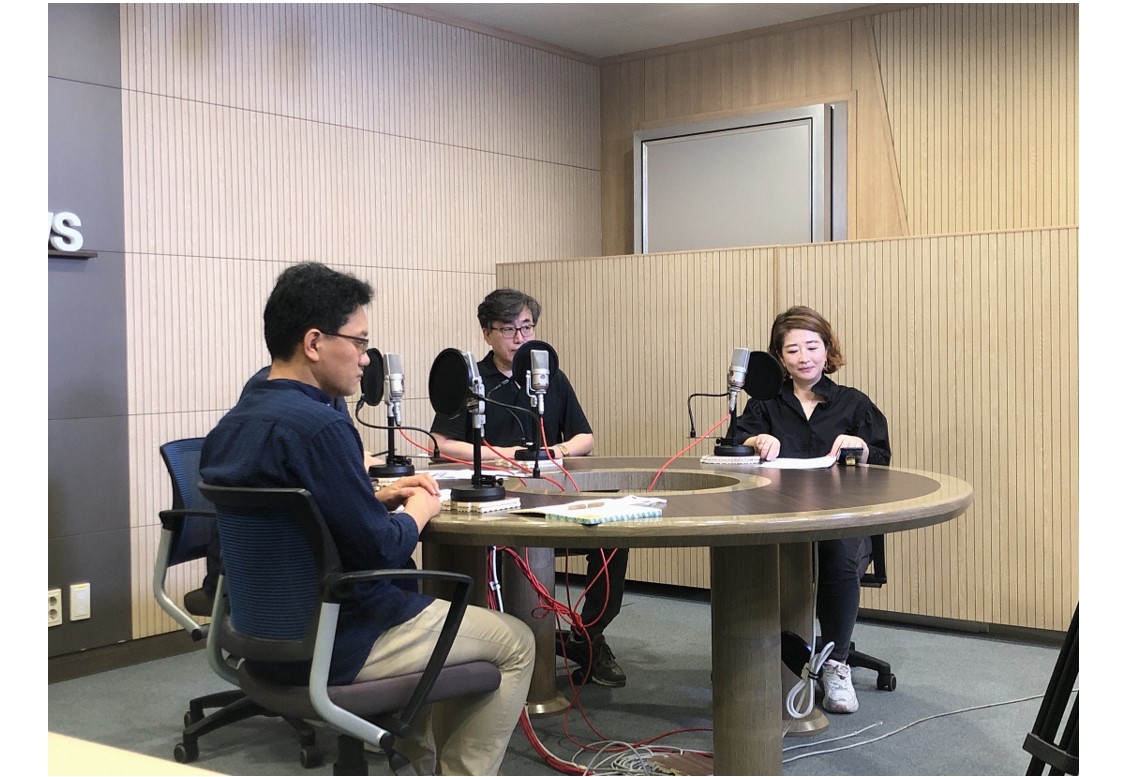
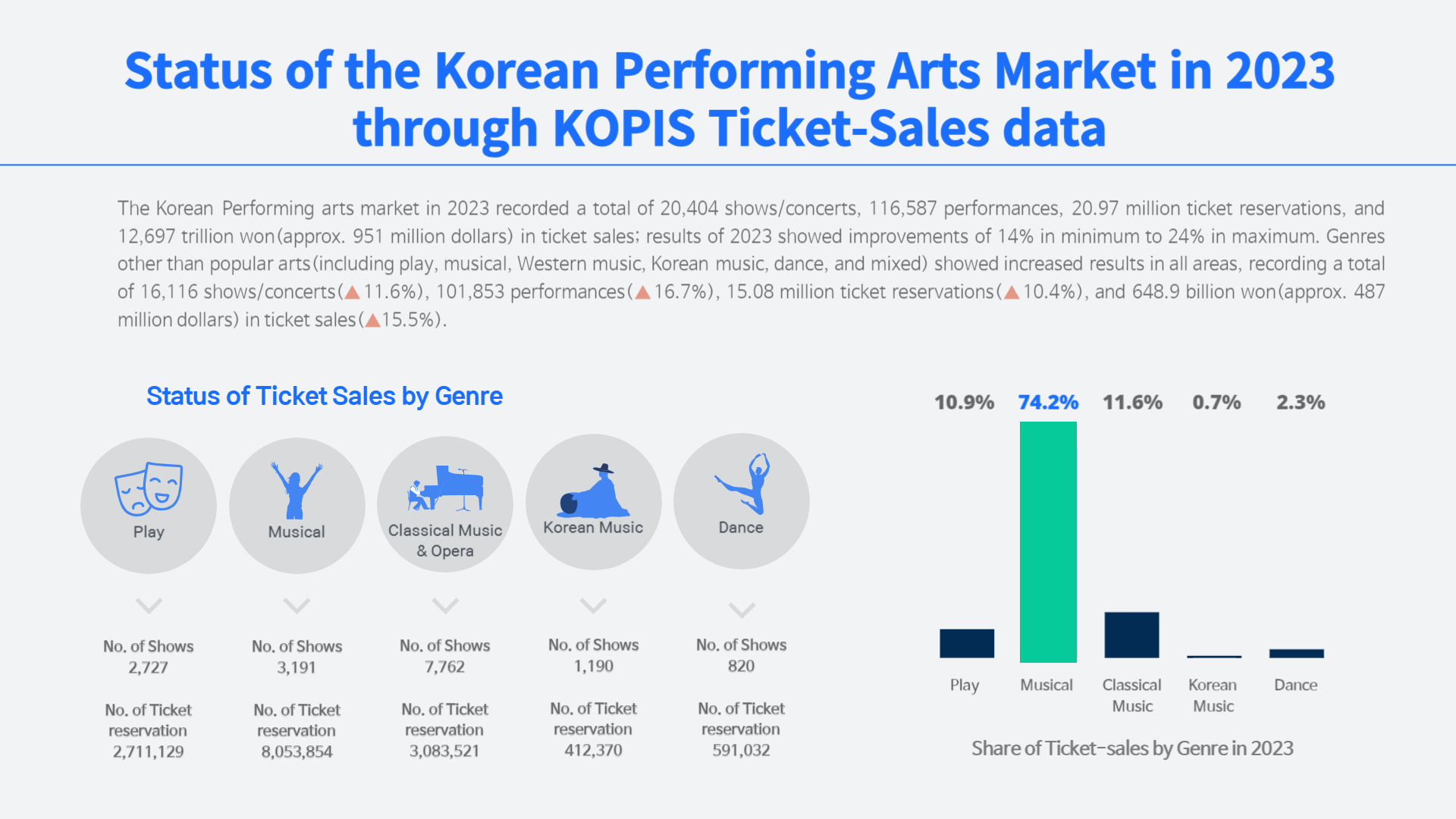
.jpg)
.jpg)
.jpg)
.jpg)











